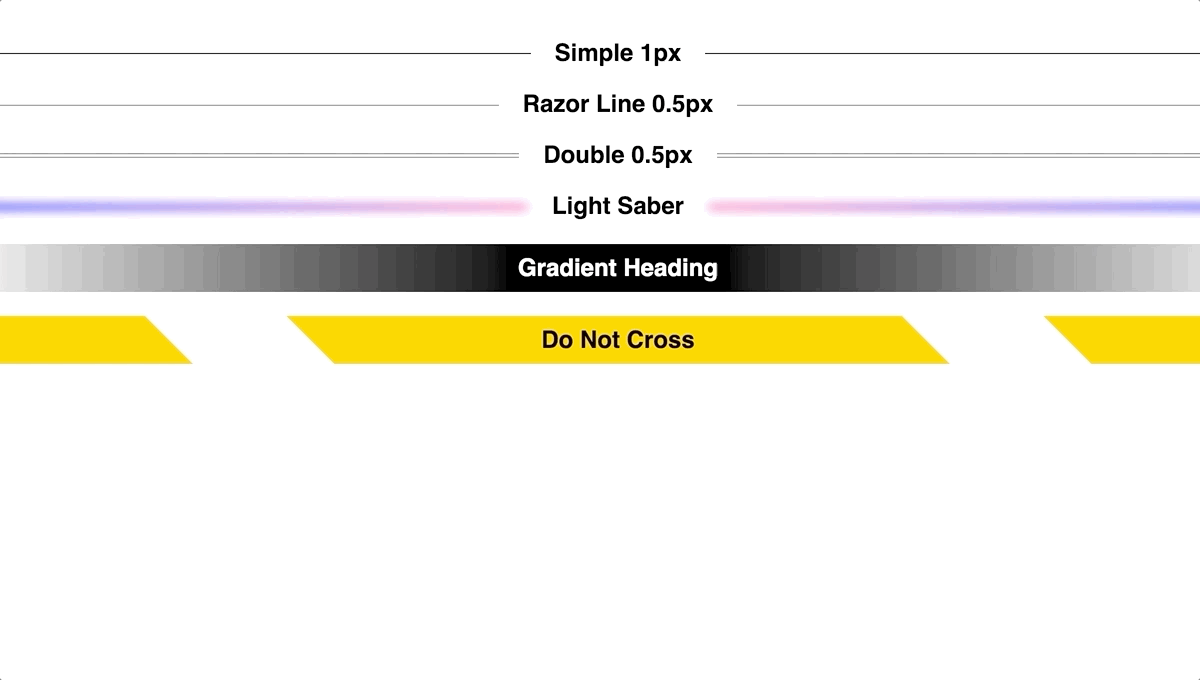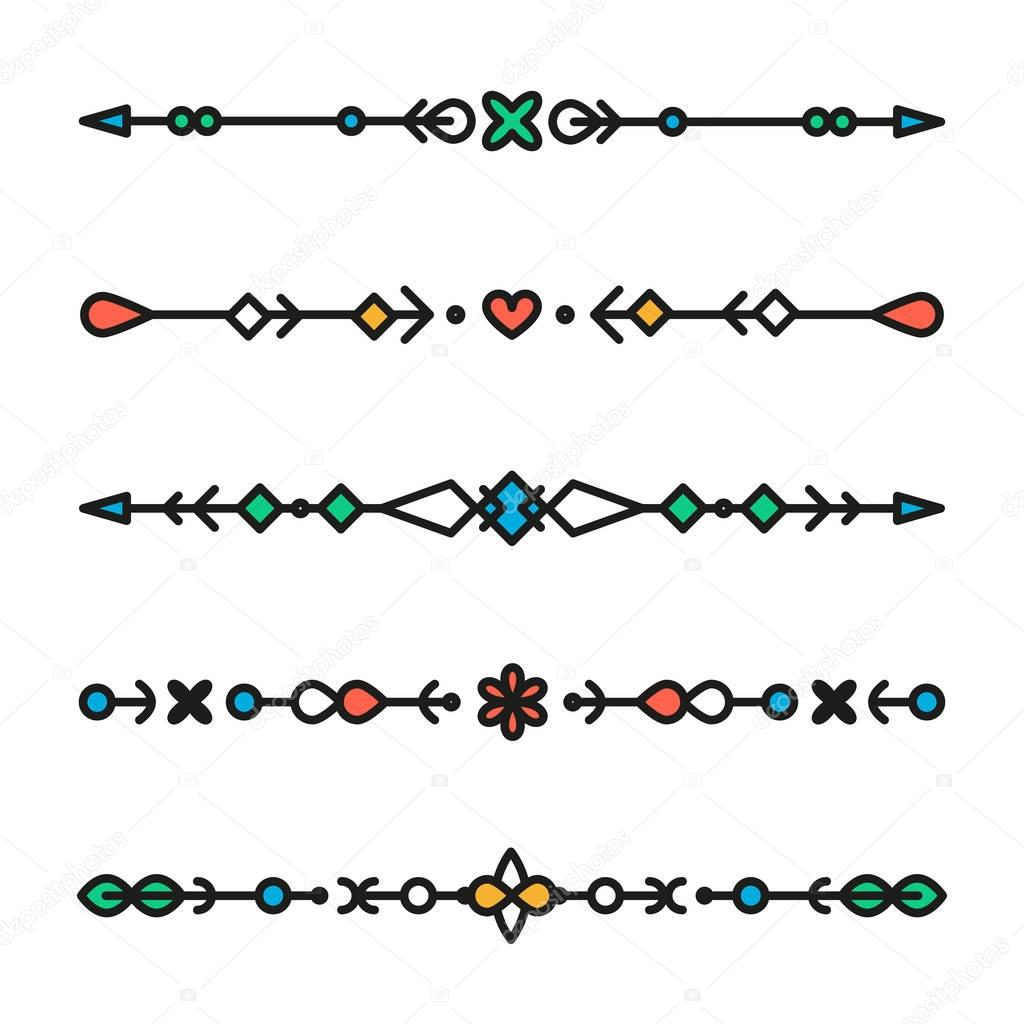

Once your stain has dried, you’re ready to connect your pallets and create your room divider. If the first coat comes out too light, it’s easy to apply a second! Once you’re satisfied with the color of the stain, you can apply a clear topcoat to help protect your finished product from wear and tear. You’ll want to test your stain on a small portion of your pallet to ensure the color comes out the way you’re envisioning and then apply a light coat. Once you’ve smoothed out your pallets, begin staining. Always be sure to sand with the grain to avoid scratching the surface of the wood. Start by sanding the rough edges and splinters off your pallets. This DIY room divider plan can be made with either two or four pallets depending on their size and the needs of your customer. You’ll need: wood pallets, sanding paper, wood stain, 2×4 wood planks, screws, and a drill. The assembled pallets make a beautiful wall that can be personalized by hanging picture frames and other decorations! Once you have your pallets, you’re ready to sand, stain, and sell an amazing, low-cost DIY room divider. If you strike out at the bar (and who hasn’t?), head to a pet supply or furniture store to try your luck. In this case, it’s helpful to drink on the job, so grab a beer while you chat with management about your pallet projects and casually ask them if they might be willing to part with some extra pallets lying around. Skip hardware stores-which sell pallets rather than giving them away-and head to your favorite bar or brewery.
#Html simple divider free#
It’s possible, though not always easy, to find free pallets outside of local businesses, but it’s important to speak with the manager to ensure any pallets you find lying around are up for grabs. This next DIY design is one of the simplest to make and most visually appealing, especially for those who appreciate the farmhouse look. When you’ve finished connecting your records, you should have a curtain of records that can be hung to separate and bring new life to any room. Once you connect all of the records in your top row, we recommend completing the process for each subsequent row before beginning to create the columns, which you will make by attaching records to their neighbors on top and below. This will ensure that your records hang evenly. To be extra precise, you may want to cut or unknot your first loop to measure it, so that you can cut matching lengths of fishing line for each additional loop.

You’ll then want to cut this knotted loop free from your line before repeating this process with the second and third records. Thread your fishing line through the hole of the first record, loop the line behind and through the record immediately to the right, bring the line back to where you started, and tie it off with a knot. To connect your records, I recommend starting in the top left corner of your grid. At this point, you can either let the character of the records show in your divider, or you can paint them for a more colorful effect. Start by assembling your records into a grid on a flat surface. You’ll need: records, fishing line, scissors, paint (optional). Records in hand, you’re ready to start building and selling a funky, low-cost DIY room divider that your customers will love. For this design, head to your nearest record store and ask for the discount bin, where you’ll be able to grab used records for low prices. Still, there are those who enjoy the analogue experience and, more importantly in this case, those who enjoy the analogue aesthetic. For better or worse, most people only listen to music via streaming services. You’re not allowed to sell endangered species online, but the law offers an exception in the case of vinyl records. If you’re feeling stuck, check out the fantastic DIY ideas below to help you get started! Repurposed records Whatever materials you choose, your customers will appreciate a mixture of functionality, beauty, and fun, and you can enjoy crafting some of the most unique designs on the net. Upcycle items from thrift stores, look to the natural world or even repurpose items from your own house.

There’s no need to limit yourself or your future customers to the standard materials, so why not think outside of the box? Normally, we’re told to lower our walls and let people in, but now you can put up as many barriers as you’d like. DIY DesignsĬreativity is key when crafting easy and beautiful DIY room divider designs.


 0 kommentar(er)
0 kommentar(er)
